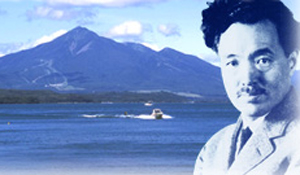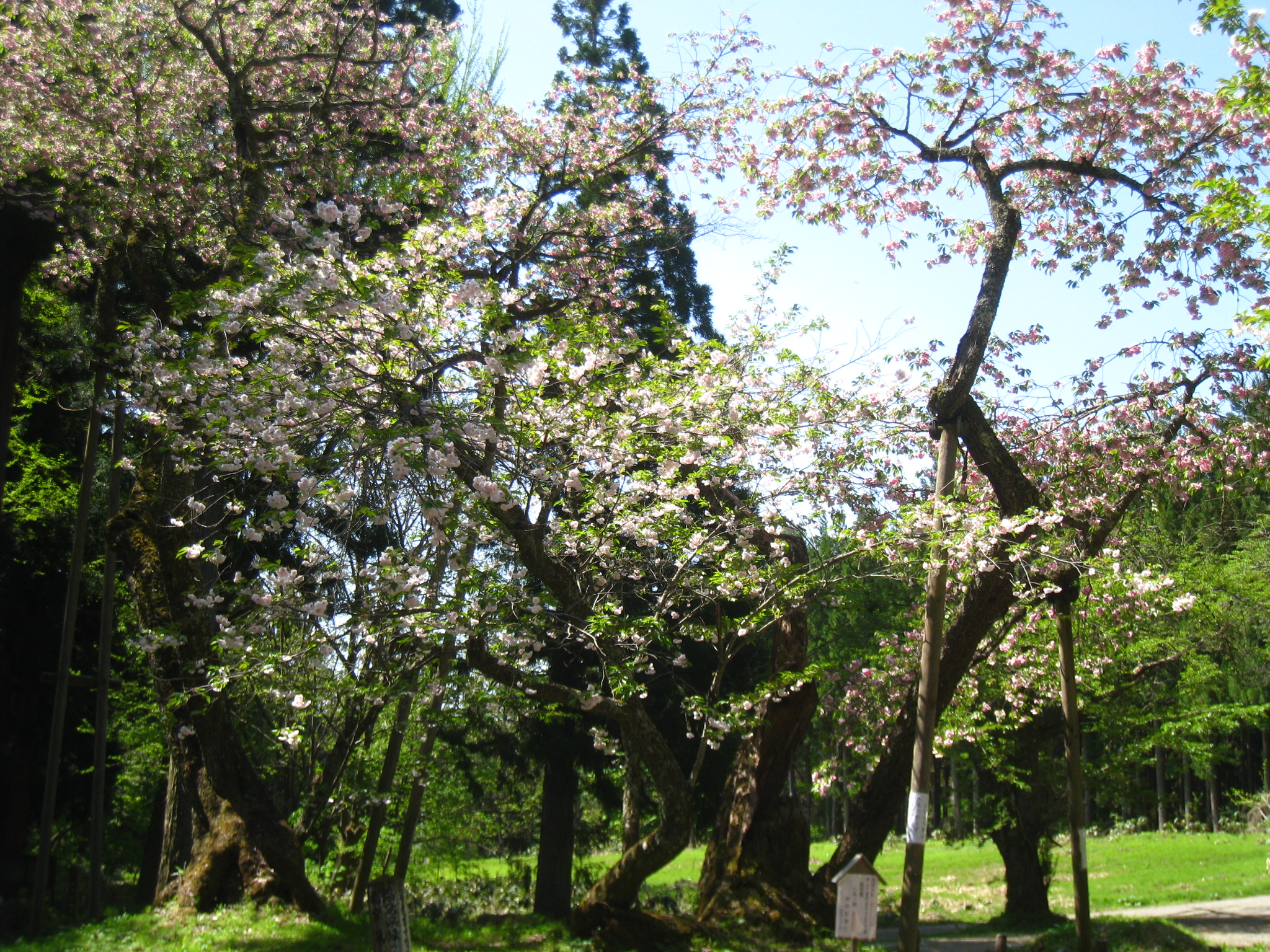Located in the southern part of the Tohoku region, Inawashiro is one of Japan’s premier tourist spots, offering visitors the opportunity to see nature in all its magnificence regardless of season. Home to Japan’s fourth biggest lake, Lake Inawashiro, one of the country’s top one hundred mountains, Mt. Bandai, and birthplace of Nobel Prize candidate Hideyo Noguchi, it’s also easily accessible from Tokyo (2 hours and 15 minutes by Shinkansen and JR lines) and Sendai (1 hour 30 miutes).
With an abundance of outdoor activities both in winter and summer, including skiing and hiking, and having suffered only minimal impact from the 2011 Great East Japan Earthquake disaster, Inawashiro and its tourist industry welcomes many visitors from both Japan and abroad year round.
Inawashiro/Bandai is almost in the center of Fukushima Prefecture; on the north is Mt. Bandai with its southern slope dotted with ski resorts and on the south is Lake Inawashiro where visitors can enjoy swimming, fishing and other water sports. Numerous onsen (hot springs), owing to the abundance of natural springs in the area, and a wealth of scenic beauty spots add to the area’s attractiveness and charm visitors.Inawashiro/Bandai is almost in the center of Fukushima Prefecture; on the north is Mt. Bandai with its southern slope dotted with ski resorts and on the south is Lake Inawashiro where visitors can enjoy swimming, fishing and other water sports. Numerous onsen (hot springs), owing to the abundance of natural springs in the area, and a wealth of scenic beauty spots add to the area’s attractiveness and charm visitors.
An old legend tells the story of the deity Iwahashi Myojin cultivating rice with the help of a wild boar. The combination of the characters for “boar” (猪) and “bed for rice seedlings” (苗代), hence “Inawashiro” (猪苗代). An alternative theory finds the word to have its origin in the language of the Ainu people, but in any case it points to a deep connection with the cultivation of rice. Present day Inawashiro owes its form to a large-scale eruption of the Mt. Bandai and Mt. Nekoma volcanoes that occurred between 40,000 and 50,000 years ago. There are also indications that the area around Lake Inawashiro was already inhabited by indigenous peoples 12,000 years ago. Especially in the southeast base area of the mountain facing the lake, ruins from the Jomon and Paleolithic/Pre-Jomon periods are still visible. The ruins that have been found in the bottom of the lake in the Nagahama, Kanisawahama and Sanjogata areas have been dated back to the Jomon and Kofun periods.
Hideyo Noguchi was born the eldest son of a farmer family on November 9, 1876 in Inawashiro. Around the town several places related to him and his family still exist. He took his basic education here before going abroad to study and become a world-renowned doctor and three-time Nobel Prize candidate.
One of Aizu district’s “Five Famous Cherry Trees” or “Aizu no Gozakura,” the “Oshika Zakura” (elk cherry tree), a multi-petal variety of the satozakura cherry tree, is seen on the left side of Iwahashi-jinja Shrine’s main building. “Mine no O-ishi” (great rock of Mine) a big mass of pyroxene andesite originally from Mt. Bandai’s crater that got separated during the great eruption of 1888. Also, the Tatsuzawa hamlet, the “Gods’ Forest” and “Tatsuzawa Virgin Forest” which, according to the legend, must never be lumbered, features the “Ohara Kannon Pine,” a pine tree presumed to be 300 years old with a height of 29 m (95 ft) and a chest-level circumference of 4.2 m (13.7 ft). Nestled in the heart of the Otaki mountain range towering over the northeast side of Lake Inawashiro and near the forest of the Tatsuzawa Oyamazumi Shrine is a mountain village community with a long wood-turning tradition.
Access
Only 2 hours away from Tokyo
Time required from major domestic cities to Inawashiro Bandai region.
By express way, it takes 20 minutes from Koriyama IC to Inawashiro IC, and 20 minutes from Aizuwakamatsu IC to Inawashiro IC. By national Route 49, it takes 40 minutes from JR Koriyama to JR Inawashiro, and 30 minutes form JR Aizuwakamatsu to JR Inawashiro.

| Time required by Ban-etsu West Line |
- from JR Niigata to JR Aizuwakamatsu
…… 2 hr 20 min
- from JR Aizuwakamatsu to JR Inawashiro …… 27 min
|
| Time required by expressway |
- from Koriyama IC to Inawashiro IC …… 20 min
- from Aizuwakamatsu IC to Inawashiro IC … 20 min
|
| Time required by National Route 49 |
- from Koriyama to Inawashiro …… 40 min
- from Aizuwakamatsu to Inawashiro …… 30 min
|
| Time required to Fukushima Airport |
- from Sapporo …… 1 hr 20 min
- from Osaka …… 1 hr 10 min
|
Route Map

Airport Guide

Distance and bus fare from Inawashiro Station (Distance and bus fare)
| Shiokawa line bound for Kitakata |
- Dotsu Shrine …… 3.2km
- Midori-no-mura …… 5.0km
- Snow Paradise Inawashiro …… 6.0km
- Tenkyoudai …… 6.2km
- Alts Bandai Ski Resort …… 15.0km
|
| Inbound line via Route 49 |
- Hotel Listel Inawashiro …… 6.0km
- Tenjin Beach …… 4.0km
- Shida Beach …… 8.0km
- Bandai-Atami …… 21.5km
- Koriyama …… 40.5km
|
| Bound for Nakanosawa via Route 115 |
- Nakanosawa …… 16.0km / 820yen
- Minowa Ski Resort …… 23.0km
|
| Bound for Urabandai |
- Goshikinuma …… 15.0km / 770yen
- Lake Hibara (Urabandai-Kougen Station)
…… 18.0km / 900yen
- Grandeco Snow Resort …… 23.0km
- Nekoma Ski Resort …… 24.0km
- Happodai …… 28.0km
|
| Outbound line via Route 49 |
- Hideyo Noguchi Memorial Hall …… 4.3km / 300yen
- Nagahama Beach …… 8.0km / 450 yen
- Minamigaoka Dairy …… 13.0km
- Aizuwakamatsu Station …… 27.0km
- Yimoriyama …… 28.0km
|



















